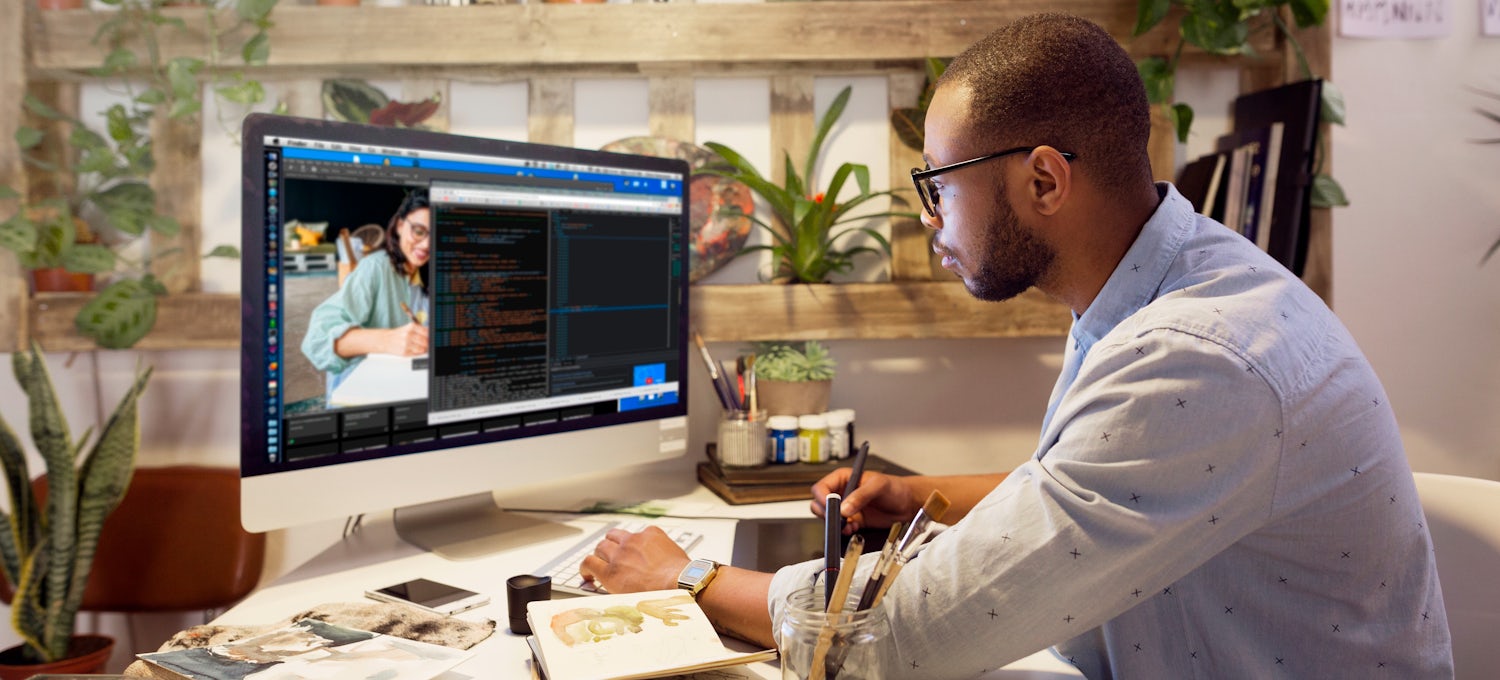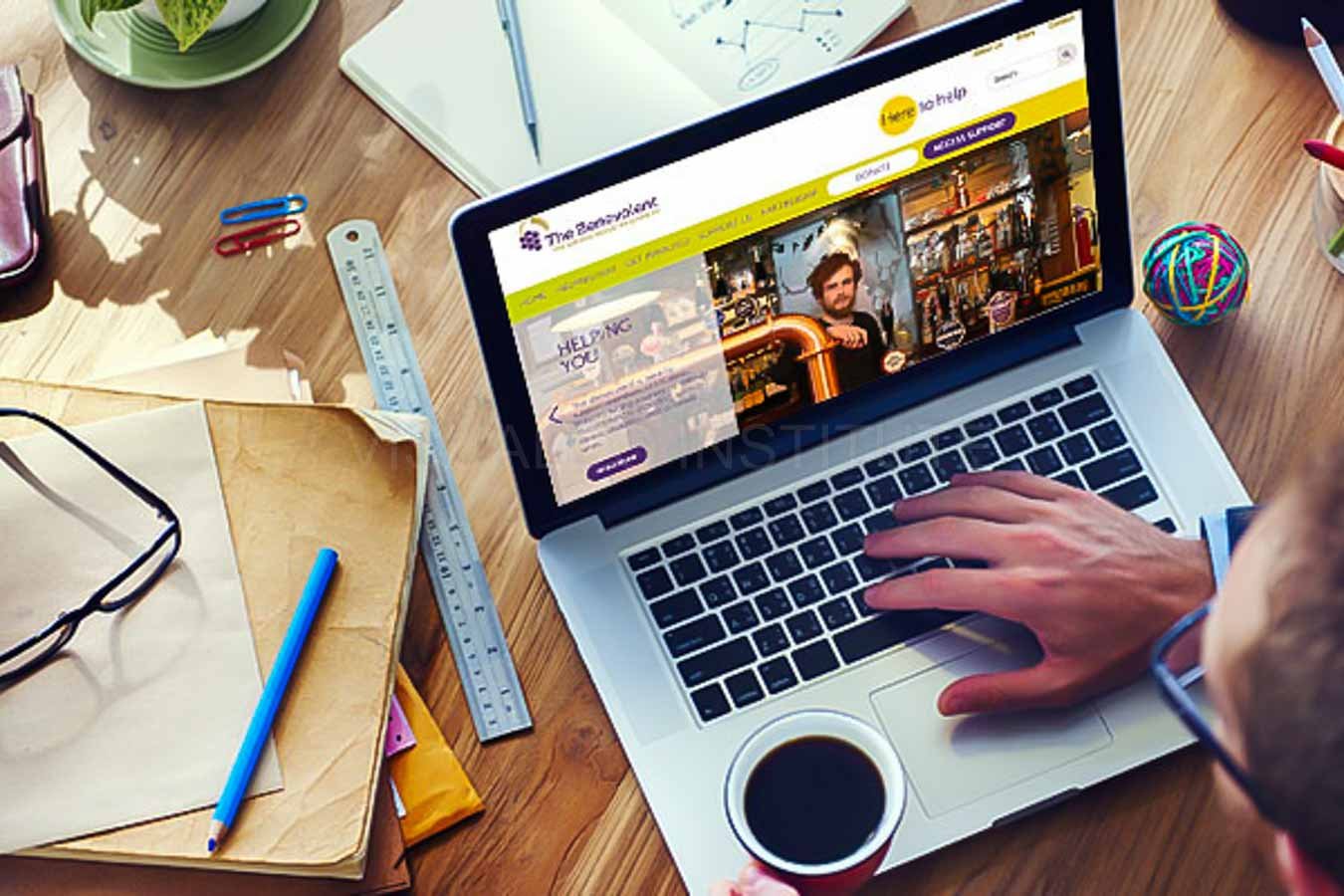Aligned Position Web Design: Boost Your Brand’s Visibility with a Stunning Website
Aligned Position Web Design: Boost Your Brand’s Visibility with a Stunning Website
Blog Article
The Very Best Sorts Of Web Design to Enhance User Experience and Engagement
In the ever-evolving landscape of electronic interaction, the efficiency of Web style considerably influences customer experience and engagement. Numerous layout methods, such as minimal, receptive, and interactive layouts, each offer special advantages that can provide to diverse individual needs.
Minimalist Web Layout
As digital landscapes become progressively chaotic, minimalist website design has actually become an effective strategy to enhancing individual experience. This style philosophy focuses on simpleness, focusing on vital components while eliminating unneeded distractions. By making use of enough white space, straightforward navigating, and a restricted shade combination, minimalist layout cultivates clearness and directs individual focus to essential material.
The core concept of minimalist website design is to develop a smooth communication for individuals. By decreasing cognitive lots, customers can quickly understand info without really feeling overwhelmed. This direct strategy not only improves functionality but also motivates involvement, as visitors are more probable to explore a site that is simple and visually enticing to navigate.
Furthermore, minimal style commonly emphasizes typography and imagery, using these aspects strategically to share messages efficiently. In significance, minimalist Web layout is not just a trend; it is a thoughtful methodology that identifies the importance of user-centered layout.
Responsive Web Style
In today's diverse digital setting, receptive website design has actually become crucial for creating a seamless user experience across a wide range of gadgets. As individuals accessibility websites on smartphones, laptop computers, desktop computers, and tablets, the capability of a web site to adjust its design and material to different screen dimensions and resolutions is critical.
Receptive Web style utilizes versatile grids, images, and CSS media queries to guarantee that Web content is presented ideally, despite the tool made use of. This strategy not only boosts the aesthetic allure of a web site yet additionally significantly boosts use. Individuals are a lot more likely to engage with a site that supplies a consistent experience, as it eliminates the stress of having to focus or scroll excessively.
Additionally, search engines, consisting of Google, focus on mobile-friendly sites in search positions. By embracing responsive design, organizations can enhance their visibility and get to a broader target market. This method also streamlines internet site upkeep, as a single variation of the site can satisfy all gadgets, decreasing the demand for several variations. In summary, receptive Web layout is a fundamental technique that enhances individual experience, engagement, and general complete satisfaction.
Interactive Web Design
Responsive Web design lays the foundation for improving customer experience, yet interactive website design takes this an action better by engaging users in a much more vibrant method - Aligned Position Web Design. By integrating components such as animations, clickable prototypes, and real-time feedback, interactive Web style mesmerizes customers, attracting them into a richer surfing experience
This method not only cultivates interaction however additionally motivates individuals to discover content proactively instead than passively eating it. Strategies such as gamification, where customers make rewards for completing tasks, can significantly enhance the time invested in a website and improve overall complete satisfaction. Interactive functions can simplify complicated information, making it more enjoyable and absorbable.

Incorporating interactive style components can also bring about higher conversion prices, as customers are much more most likely to engage with a website that proactively involves them. Aligned Position Web Design. Inevitably, interactive website design changes user experiences right into remarkable journeys, making sure that site you can check here visitors return time and once again
Flat Style
Identified by its minimalistic strategy, flat design highlights simplicity and functionality, removing away unneeded components and concentrating on vital functions. This layout philosophy prioritizes usability, guaranteeing that individuals can navigate interfaces effortlessly and effectiveness. By utilizing a tidy visual, level style gets rid of the clutter commonly discovered in extra ornate designs, therefore boosting customer emphasis on material and performance.
The trademark of flat design depends on its usage of vibrant shades, basic typography, and geometric shapes. These elements contribute to a visually enticing user interface that is both contemporary and approachable. In addition, level style promotes a look what i found sense of clarity, allowing customers to determine vital activities and details without disturbance.
In addition, flat design is particularly reliable in responsive Web layout, as its simplicity translates well throughout different devices and display sizes. The lack of complex structures and slopes lessens loading times, which is crucial for keeping individual involvement. As electronic landscapes remain to progress, flat layout stays a pertinent option for creating straightforward web sites that enhance general experience. By concentrating on necessary features, level design not just meets individual needs however also urges seamless communication, making it an essential element of reliable website design strategies.
Flexible Website Design
Adaptive website design personalizes the individual experience by developing numerous fixed designs customized to various display sizes and gadgets. Unlike responsive style, which fluidly readjusts a solitary format, adaptive design utilizes distinctive formats for specific breakpoints, guaranteeing ideal presentation on different systems. This method enables developers to concentrate on the one-of-a-kind attributes of each tool, boosting use by providing exactly what individuals require based on their context.
One of the main benefits of adaptive website design is its ability to optimize tons times and performance. By serving tailored content and photos that fit the customer's tool, internet sites can reduce information use and enhance loading speeds. This is particularly useful for users with slower connections or limited information plans.

In addition, adaptive layout facilitates a more controlled and regular branding experience. Given that developers create numerous designs, they can ensure that the aesthetic aspects align with the brand name's identification across various systems - Aligned Position Web Design. This causes a natural individual experience, improving involvement and advertising user retention
Conclusion
Finally, the assimilation of minimalist, receptive, and interactive Web design principles significantly boosts user experience and involvement. Minimalist layout promotes clearness and emphasis, while receptive style guarantees flexibility throughout numerous gadgets, promoting availability. Interactive style captivates users Visit This Link via vibrant components, motivating expedition and personalization. Collectively, these layout comes close to contribute to the production of easy to use settings that not only boost contentment however additionally drive higher conversion rates, emphasizing their vital significance in modern website design strategies.

Minimal design fosters clearness and emphasis, while receptive design guarantees versatility throughout different tools, advertising accessibility. Collectively, these layout comes close to add to the creation of user-friendly environments that not only improve fulfillment however additionally drive greater conversion prices, emphasizing their essential importance in modern Web layout techniques.
Report this page